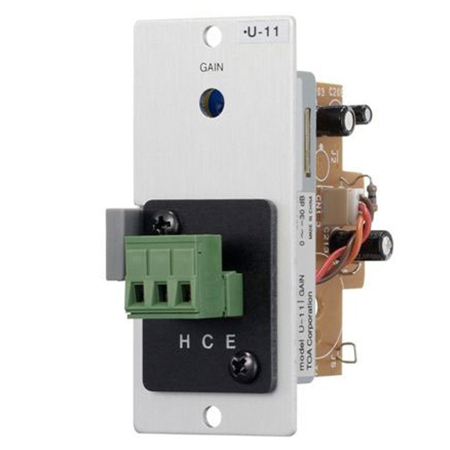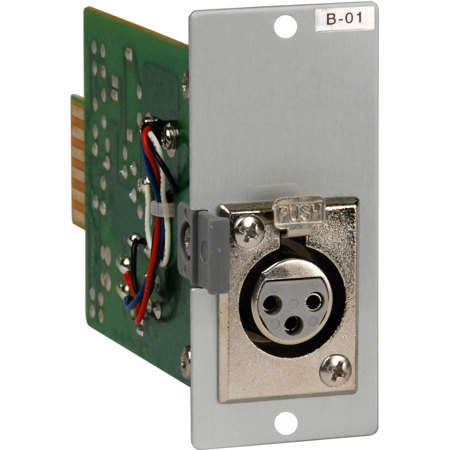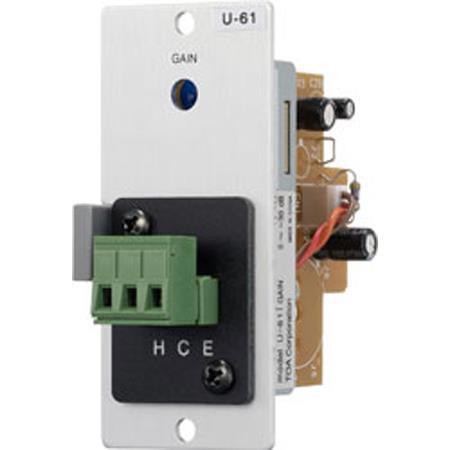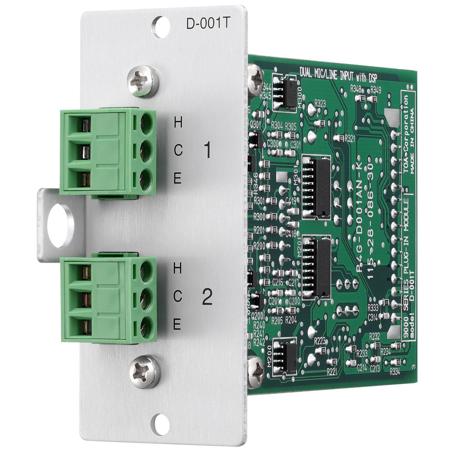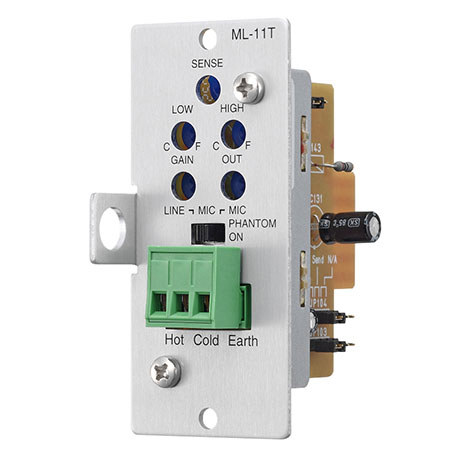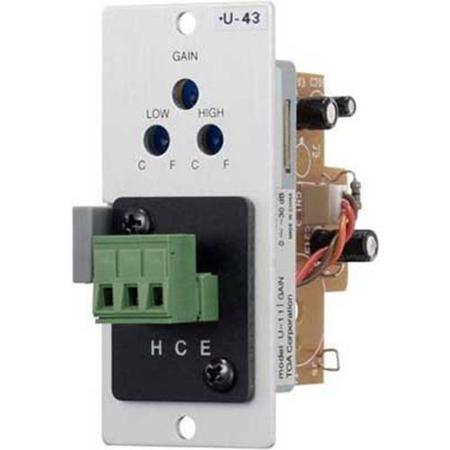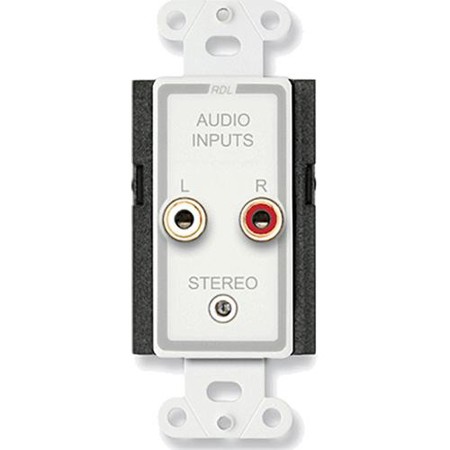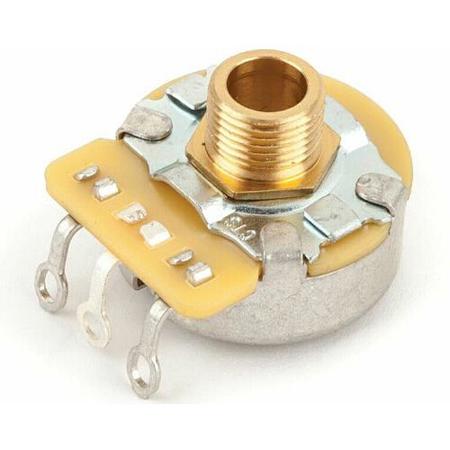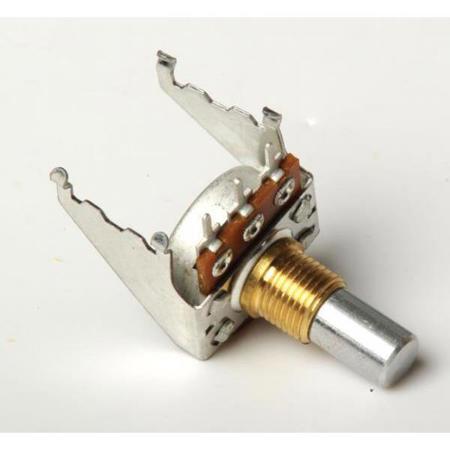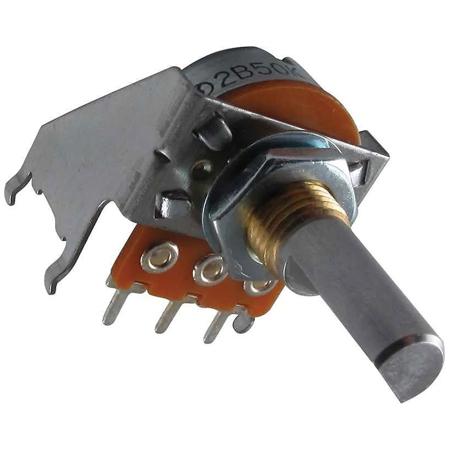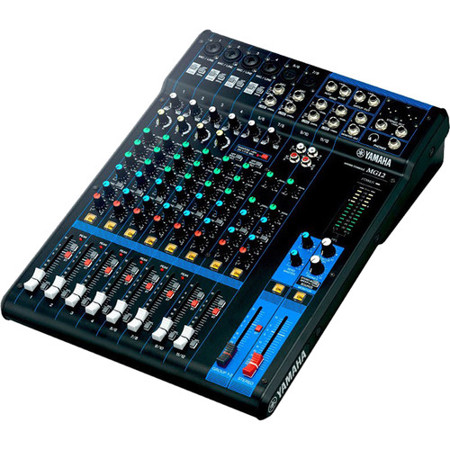Line Inputs
Line inputs play a vital role in audio setups, serving as the bridge between a wide array of sound sources and your audio interface, mixer, or recording device. Unlike microphone inputs, which are designed for the delicate signals produced by microphones and require preamplification, line inputs are tailored for line-level signals—these are much stronger and standardized, ensuring clear, undistorted audio transmission. Whether you're connecting electronic instruments like synthesizers, digital pianos, or electric keyboards, or integrating playback devices such as MP3 players, CD players, or turntables with built-in line outputs, choosing the right line input is essential for preserving sound quality. Many professional and home studios, rehearsal spaces, and live performance setups rely on line inputs to seamlessly connect outboard processors, preamps, wireless receiver outputs, and a host of other audio gear. The versatility of line inputs is apparent not only in their compatibility with various connectors—such as quarter-inch TRS jacks, RCA, or 3.5mm mini-jacks—but also in their ability to handle both consumer (-10 dBV) and professional (+4 dBu) signal levels. This adaptability makes them indispensable for musicians, producers, DJs, and content creators who need reliable, high-fidelity signal paths in their workflows.
As autumn settles in and creative projects ramp up for the holiday season, now is an ideal time to evaluate your audio setup and consider the benefits of upgrading or expanding your line input capabilities. For those building or refining a home studio, line inputs offer a straightforward way to integrate a diverse range of equipment without the risk of signal degradation or unwanted noise. If you’re gifting audio equipment to a musician, aspiring podcaster, or live sound enthusiast, products featuring robust line input options can be a thoughtful and practical choice—especially for those who value flexibility and future-proofing in their gear. When selecting line input devices, it’s important to match the input type and signal level to your source equipment, ensuring compatibility and optimal performance. Look for clear labeling, consult your device manuals, and pay close attention to input selectors that distinguish between mic, instrument, and line settings. Misconfiguring these settings can lead to issues like distortion or insufficient volume, but with the right setup, you’ll experience crisp, dynamic audio that does justice to your source material. For users who want to connect multiple sources simultaneously—such as a keyboard, drum machine, and playback device—consider exploring solutions like Multi Input Speakers, which offer expanded connectivity and convenience for complex setups.
Whether you’re a seasoned audio professional or just starting to experiment with music production or content creation, understanding and utilizing line inputs can unlock new creative possibilities. They are essential for anyone who needs to route high-quality audio between devices without compromise, from capturing the nuanced tones of vintage synthesizers to blending backing tracks with live performances. As the days grow shorter and indoor projects take center stage, having the right line input solutions ensures your audio remains clear, balanced, and true to your vision. With attention to detail and the right equipment, you can build a system that adapts to your evolving needs, supports your creative ambitions, and delivers exceptional sound—season after season.
As autumn settles in and creative projects ramp up for the holiday season, now is an ideal time to evaluate your audio setup and consider the benefits of upgrading or expanding your line input capabilities. For those building or refining a home studio, line inputs offer a straightforward way to integrate a diverse range of equipment without the risk of signal degradation or unwanted noise. If you’re gifting audio equipment to a musician, aspiring podcaster, or live sound enthusiast, products featuring robust line input options can be a thoughtful and practical choice—especially for those who value flexibility and future-proofing in their gear. When selecting line input devices, it’s important to match the input type and signal level to your source equipment, ensuring compatibility and optimal performance. Look for clear labeling, consult your device manuals, and pay close attention to input selectors that distinguish between mic, instrument, and line settings. Misconfiguring these settings can lead to issues like distortion or insufficient volume, but with the right setup, you’ll experience crisp, dynamic audio that does justice to your source material. For users who want to connect multiple sources simultaneously—such as a keyboard, drum machine, and playback device—consider exploring solutions like Multi Input Speakers, which offer expanded connectivity and convenience for complex setups.
Whether you’re a seasoned audio professional or just starting to experiment with music production or content creation, understanding and utilizing line inputs can unlock new creative possibilities. They are essential for anyone who needs to route high-quality audio between devices without compromise, from capturing the nuanced tones of vintage synthesizers to blending backing tracks with live performances. As the days grow shorter and indoor projects take center stage, having the right line input solutions ensures your audio remains clear, balanced, and true to your vision. With attention to detail and the right equipment, you can build a system that adapts to your evolving needs, supports your creative ambitions, and delivers exceptional sound—season after season.

